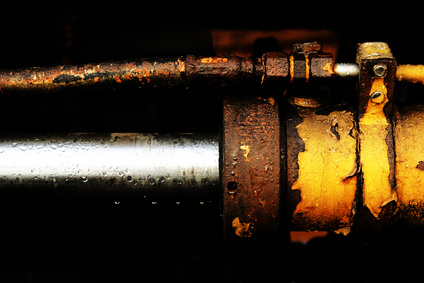
Alignment is the process of adjusting the centerline of the pump to be in line with the centerline of the driver. Alignment of pumps helps in reducing vibration, excessive bearing loading and damage to the coupler insert. One of the most important factors that determines how a pump will be aligned is the shaft speed. If the shaft speed is high, the pump alignment becomes even more critical. There are various methods of pump alignment.
A person does not require much training or special tools to be able to align pumps using the straight edge method. The factor that counts most in an individual undertaking this exercise is a keen eye. This alignment method is affordable and can be done easily and quickly. First, the coupler halves are laid at the top, bottom, left or right to measure the parallel misalignment. When carrying out this exercise, caution should be taken to avoid bridging the gap across the coupler halves. A feeler gauge is then inserted between the coupler halves. If you decide to use a caliper, insert it outside the coupler halves to be able to take measurements regarding angular misalignments.
Since the straight edge alignment method is not very accurate, a dial indicator could be used to improve on accuracy. This is especially true if one is using a two pole motor. The dial indicator is placed on top of the coupler halves and markings are made on either side. The coupler halves are then rotated simultaneously while matching the markings. The swings made by the gauge will enable you to get twice the misalignments. You will then check the top, left, right and bottom, then for parallel and angular misalignment.
When carrying out the laser alignment method, the laser is placed on top of one of the shafts while a mirror prism is placed on the second shaft. You can also use an alternative receiver other than the mirror prism. This mirror prism is used to accurately measure the reflection just like the dial indicator. These measurements take place while the shaft is being rotated at an angle of 360 degrees. The information relating to measurements being taken is usually fed on to a processor in addition to the information on distance between the bolt hold downs. Calculations are conducted by the processor to enable you to know where and how many shims can be added or moved to the motor. Application of this alignment method depends on the number of centrifugal devices you have chosen to align.